1. Material selection
1.1 Pipe
1.1.1 Selection of pipe type
Pipe type is an important factor affecting the quality of pipe groove connection. The groove connection method is applicable to a wide range of pipe types. The "Groove Connection Pipe Engineering Technical Code" (CECS151:2003) points out: "The groove connection method can be used for galvanized welded steel pipes and welded steel pipes, galvanized seamless steel pipes and seamless steel pipes, stainless steel pipes, etc., or the above-mentioned various pipes with plastic coating or plastic lining on the inner wall." However, since the weld form has a certain influence on the quality of the steel pipe groove connection, the weld of the welded steel pipe is prominent, which is not conducive to the grooving of the steel pipe. Therefore, during installation and construction, seamless steel pipes should be preferred, followed by straight seam welded pipes, and spiral welded pipes should be avoided. If spiral welded pipes are really needed, corresponding grooved pipe fittings should also be used in conjunction. For example, Shanghai Weixun has designed and equipped spiral steel pipes with transcending joints and flange joints with grooved short pipes, thereby solving the interface sealing problem of spiral steel pipe groove connection.
1.1.2 Quality requirements for pipelines
Since the grooved pipe fittings are connected to the outer wall of the pipeline, excessive deviation of the outer diameter of the pipeline will cause the pipeline to not match the clamp, which will cause water seepage in the joint. In addition, if the pipe material is unqualified, the galvanized layer is not firm, and the pipe wall thickness is insufficient, it may cause the pipe to break, the galvanized layer to fall off in large quantities, or the high-frequency weld to crack during the grooving, which will eventually lead to water seepage or breakage of the joint. Therefore, it is very important to strictly control the quality of the pipe. All kinds of pipes should comply with the corresponding national standards. For example, galvanized welded steel pipes should comply with the provisions of "Galvanized Welded Steel Pipes for Low-Pressure Fluid Transportation" (GB/T3091), seamless steel pipes should comply with the provisions of "Seamless Steel Pipes for Fluid Transportation" (GB/T8163), and plastic-coated galvanized welded steel pipes and plastic-coated seamless steel pipes should comply with the provisions of "Plastic-coated Composite Steel Pipes for Water Supply" CJ/T. In addition, the wall thickness of the steel pipe should also meet the minimum wall thickness requirements.
Minimum wall thickness table for steel pipe groove connection
| DN | 100 | 125-150 | 200 | 250 | 300 | 350-600 |
| Minimum Wall Thickness | 4.0 | 4.5 | 6.0 | 6.5 | 7.5 | 9.0 |
1.1.3 Roundness control of pipe mouth
Insufficient roundness of pipe mouth is also an important reason affecting the quality of pipeline groove connection. Before construction, the roundness of incoming pipes should be checked. The inspection can be carried out in the following way: divide the pipe section into 8 equal parts, measure 4 diameters respectively, and compare them with the standard value. All pipe sections with unsatisfactory roundness should be rounded or cut off.
The unsatisfactory roundness of the pipe is often caused by the collision of the pipe or the mutual squeezing of the pipes during transportation or loading and unloading. South Korea has good experience in pipe transportation. The country's engineering and technical personnel have adopted the method of installing a cross support frame at the end of the pipe to better solve the problem of compression deformation of the pipe, which is worth learning and promoting.
1.2 Grooved pipe fittings
1.2.1 Selection of shell material
The shell material of grooved pipe fittings includes ductile iron, cast steel or forged steel. Grooved pipe fittings of different materials have different pressure resistance, brittleness, fatigue resistance, etc., and should be reasonably selected according to the actual needs of the project.
1.2.2 Selection of rubber sealing rings
Rubber sealing rings are divided into several categories, such as natural rubber, synthetic rubber, and silicone rubber. They should be correctly selected according to the properties and temperature of the pipeline transmission medium, the use occasion and other requirements. Pipes for transporting drinking water can be made of natural rubber, synthetic rubber or silicone rubber, and should comply with the national "Safety Evaluation Standard for Drinking Water Transportation and Distribution Equipment and Protective Materials" (GB/T17219) and the provisions of the current relevant national standards; pipes for transporting oil and chemicals and other media should use synthetic rubber; pipes for transporting air conditioning cooling water require rubber sealing rings to have certain fatigue and aging resistance due to the use environment and seasonal operation requirements of the system. Therefore, synthetic rubber or silicone rubber should be used first.
1.2.3 Correctly select the type of grooved pipe fittings
There are many types of grooved pipe fittings, including rigid joints and flexible joints, open-hole mechanical tees, crosses and grooved tees, crosses, single-piece flanges and grooved flanges, etc., which have similar functions but different use occasions. Before installation, you should have an in-depth understanding of the performance and use conditions of various joints and accessories to ensure correct selection.
(1) Rigid joints and flexible joints. In engineering construction, due to the lack of technical explanation and quality control, workers often do not distinguish between rigid joints and flexible joints and use them at will, which brings hidden dangers to the reliable operation and normal maintenance of the entire pipeline system. For example, in the domestic hot water system, the temperature difference between the system operation temperature and the temperature when the pipeline is installed can reach 60°C. The steel pipe is 6m long and the thermal expansion stress generated will reach 1200kg/mm2. If the pipeline is rigidly connected, it will cause the bracket to deform and cause damage to the pipeline system. Therefore, the joints and pipes should be distinguished and reasonably selected.
① Domestic hot water pipes, air conditioning water pipes, and outdoor pipes must use flexible joints to effectively compensate for the displacement of the pipes caused by thermal expansion and contraction. If the displacement of the expansion section exceeds the total compensation of the flexible joint, it should also be considered to install a metal expansion joint.
② Pipes with small temperature differences, such as indoor fire protection pipes, can use a large number of rigid joints. However, a certain number of flexible joints should be installed in the middle section of the long straight pipe to compensate for the small amount of thermal expansion of the long straight pipe section and ensure that the entire pipeline system is in a safe operating state.
③ For elbows and zigzag pipes with temperature compensation function, flexible joints should be installed on the pipe sections where angular displacement occurs.
④ It is recommended to use flexible joints for pump room pipes to reduce noise and weaken vibration transmission.
⑤ Flexible joints should be used for buried pipes, which can effectively deal with local deformation of the pipeline system caused by uneven settlement.
⑥ Flexible pipe joints must be used for the connection of small arc pipes. The pipe can be assembled as a straight pipe first, and then the pipe can be bent to reach the predetermined angle. However, in any case, the angle must not exceed the value specified in the groove pipe fittings manual.
(2) Compared with the grooved tees and crosses, the tees and crosses of the open-hole machinery use 2 fewer grooved joints at each connection, thereby reducing the project cost. However, since the open-hole mechanical tee and cross are saddle-shaped spliced open-hole sleeve structures, their strength is weaker than that of the grooved tee and cross. Therefore, the use of open-hole mechanical tees and crosses should be avoided in places where the joints are subjected to greater forces, such as the parts where branches are set on the risers. Mechanical tees and crosses can be used to set branches on the horizontal pipes, but the diameter of the branches must not be too large, and the strength of the pipeline must not be damaged after drilling, otherwise it is easy for the pipeline to leak.
(3) Single-piece flanges and grooved flanges can be used interchangeably in most cases, but when the single-piece flange is connected to the butterfly valve, the sealing rubber of the two is in contact, which is not easy to be tightly fixed and connected, and it is easy to cause water seepage at the interface. Therefore, grooved flanges should be used when connecting butterfly valves to flanges, and single-piece flanges should be avoided. 2.2.4 Quality requirements for grooved pipe fittings Quality problems such as broken clamps, damaged rubber seals, and broken fastener bolts in projects are largely caused by improper selection of grooved pipe fittings or the use of grooved pipe fittings of poor quality. Therefore, strict controls should be implemented in terms of purchasing, inspection, technology, etc. to prevent unsuitable and unqualified products from entering the construction process.
Maximum support spacing of non-insulated galvanized steel pipe horizontal pipe support (hanger) frame (m)
| Nominal Diameter | 20 | 25 | 32 | 40 | 50 | 70 | 80 | 100 | 125 | 150 | 200 | 250 | 300 |
| Rigid joints | 2.1 | 2.1 | 3.0 | 3.65 | 4.25 | 5.15 | 5.75 | 7.0 | |||||
| Flexible joints | 2.4 | 3.0 | 3.6 | 4.2 | 4.8 | ||||||||
| Conventional connection forms such as wire and welding | 3 | 3.5 | 4 | 4.5 | 5 | 6 | 6 | 6.5 | 7 | 8 | 9.5 | 11 | 12 |
2. Installation process
Insufficient control of the installation process is also an important reason for the poor quality of the groove connection. Management can be strengthened from the following aspects.
2.1 Quality control during pipe cutting
If the end face of the pipe cut is not perpendicular to the axis of the steel pipe or there are burrs on the cut, it will directly affect the sealing effect of the rubber ring. Therefore, attention should be paid to the quality management of the pipe cutting process. Steel pipe cutting should be done with a grinding wheel cutter or a pipe cutter. Oxygen acetylene cutting is strictly prohibited. The pipe should be fixed during cutting to avoid problems such as section dislocation and increased burrs caused by the movement of the pipe during cutting, which will affect the quality of the interface. After cutting, use sandpaper, a file or a grinder to grind the cut and clean the burrs.
2.2 Quality control of the groove rolling process
Grooving is an important process in groove processing. Grooving too fast can easily damage the galvanized layer of the pipe; rolling too deep or too shallow will have the following adverse effects on the quality of the pipe interface:
(1) Grooving too deep.
① The strength of the steel pipe end is reduced, and the galvanized layer of the pipeline groove is damaged.
② The radial compression of the clamp is reduced, which is easy to cause leakage. When the pipeline has a certain pressure, the steel pipe is also easy to fall out of the clamp, causing a water leakage accident.
③ It will cause the pipe end to deform and a bell mouth to appear, affecting the quality of the interface installation.
(2) The groove is too shallow.
① If the groove is too shallow, the clamping margin is reduced. When the medium pressure increases, the outer diameter of the rubber ring is easy to bulge out, causing water leakage.
② The matching clearance between the clamp middle diameter and the outer diameter of the steel pipe increases, exceeding the allowable range. The outer side of the rubber ring lip is squeezed into the gap under the action of the medium pressure, causing the rubber ring to be damaged, reducing the elasticity of the rubber ring, and seriously affecting the sealing performance. Therefore, during the rolling groove process, the construction should be carried out strictly in accordance with the operating procedures. The processing groove should be from shallow to deep, leaving room, and the speed should not be too fast. The groove machine should have a limit device to prevent the groove depth from exceeding the allowable deviation range. When grooving a long steel pipe, a support bracket must be installed, and a ball bearing support point should be installed on the support bracket to prevent longitudinal and angular displacement of the pipe. When transporting, hoisting, loading and unloading the grooved pipe, pay attention to protecting the pipe mouth to avoid deformation.
2.3 Rubber ring installation
Rubber ring is an important sealing component of grooved pipe fittings. When tightening grooved pipe fittings, the bolts on both sides should be tightened alternately, and the rubber sealing ring should be visually checked for wrinkles. If the rubber sealing ring is found to be wrinkled, a new rubber ring should be replaced.
3. Setting of support (hanging) brackets
The groove connection method is different from the traditional thread connection, welding or flange connection method. Due to the gap between the pipeline groove and the clamp parts, the pipeline will produce axial displacement during the pipeline pressure test or when the medium pressure and temperature change. If the support (hanging) bracket is set according to the conventional standard, it is easy to cause the pipe to sink at the joint and cause leakage at the interface. In engineering construction, it is common for pipeline leakage and deformation to occur due to insufficient number of support (hanging) brackets or unreasonable positions. Therefore, it is necessary to strengthen the control of the installation of pipe supports (hangers).
(1) Strictly control the installation spacing of supports (hangers). Due to its own characteristics, groove connection has high requirements for the installation of supports (hangers). Taking the horizontal pipe section of non-insulated galvanized steel pipe as an example, its support (hanger) is shorter than the maximum support spacing allowed by traditional connection methods such as threaded connection and welding.
(2) In addition, key parts should also be supported. For example, the bottom of the water inlet riser, the fittings of the riser connecting the branch pipe, the parts of the riser that need to support weight due to the long free length, the parts where the horizontal pipe connects the branch pipe and the branch pipe joints and fittings, and the parts where the pipe expansion and contraction needs to be controlled should all be equipped with fixed brackets.
(3) Grooved pipe fittings cannot be used to bear the weight of the pipeline. Therefore, supports (hangers) should be installed near the clamp joints. The net distance between the supports and hangers and the joints and pipe fittings should be 150mm~300mm.
Grooved pipe connection technology is a simple, reliable, economical and environmentally friendly construction technology. If construction personnel can pay more attention to and strictly control aspects such as material selection, process control, and support (suspension) frame setting, they should be able to improve the construction quality of pipeline groove connections and better promote the promotion and application of this technology.
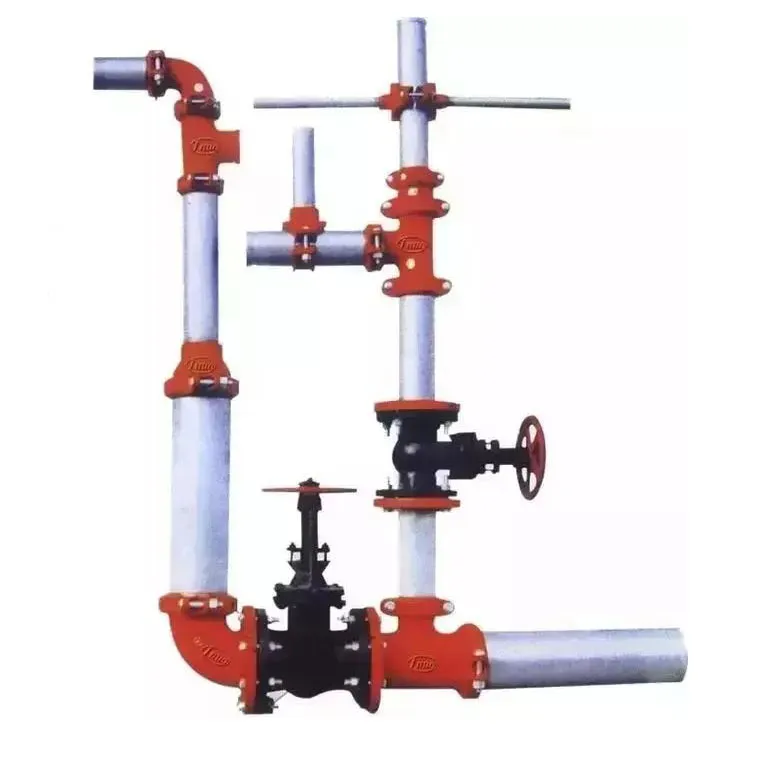
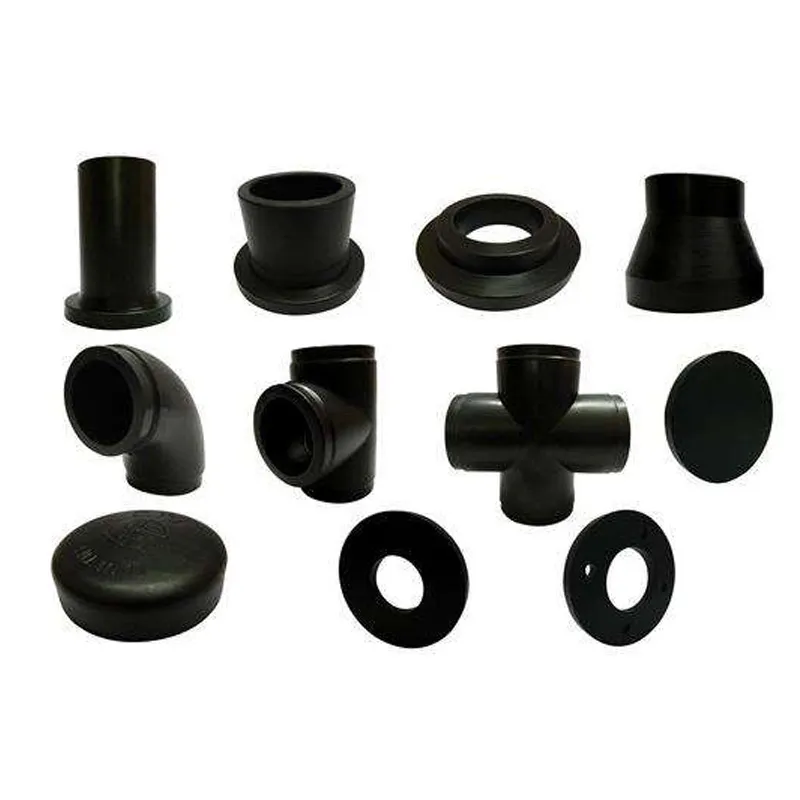
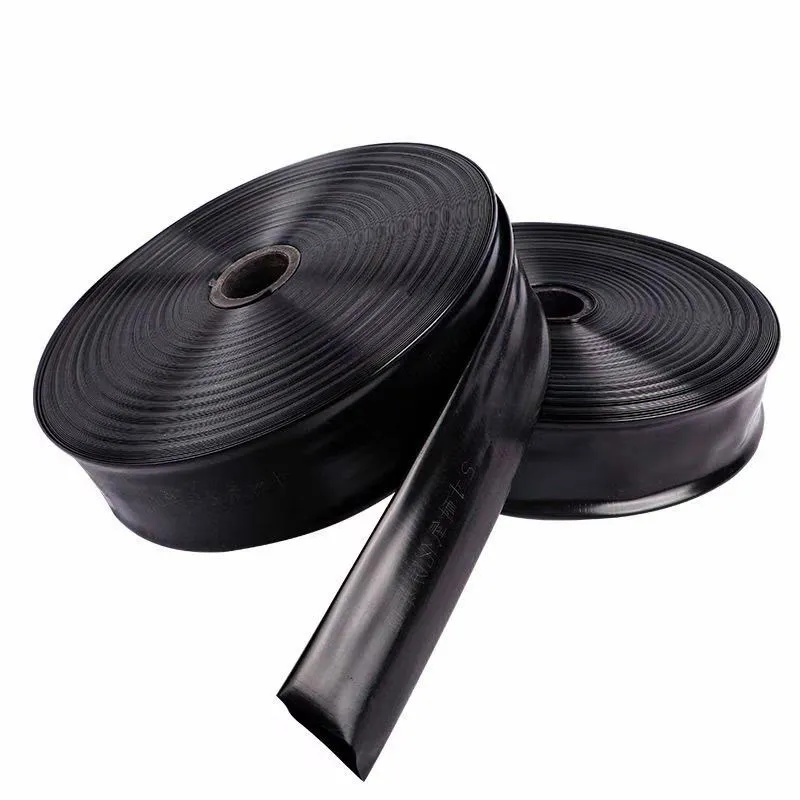
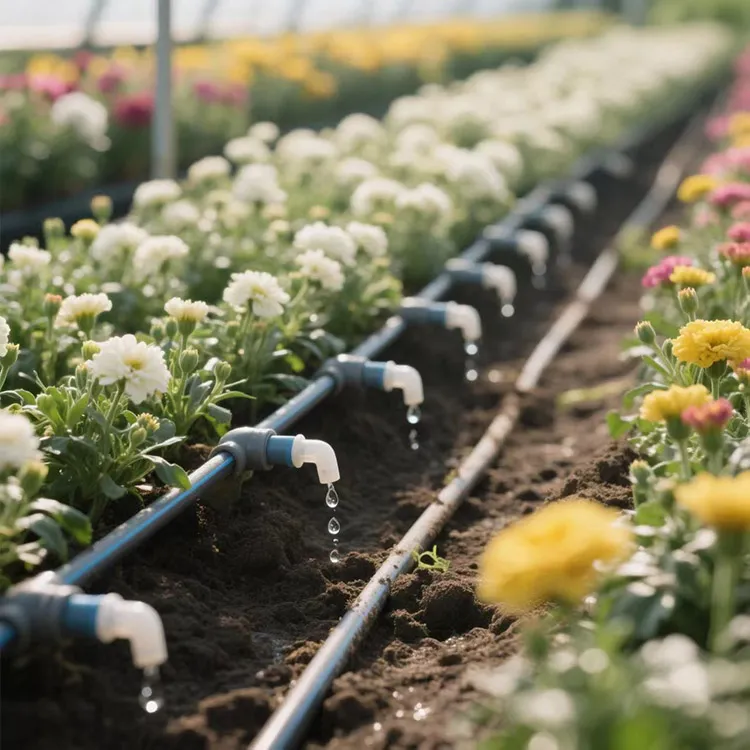
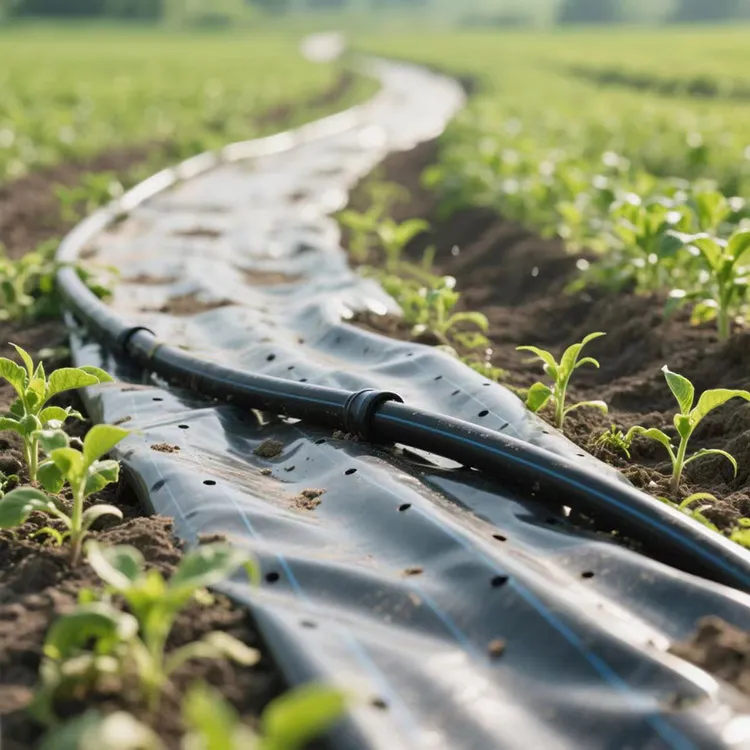
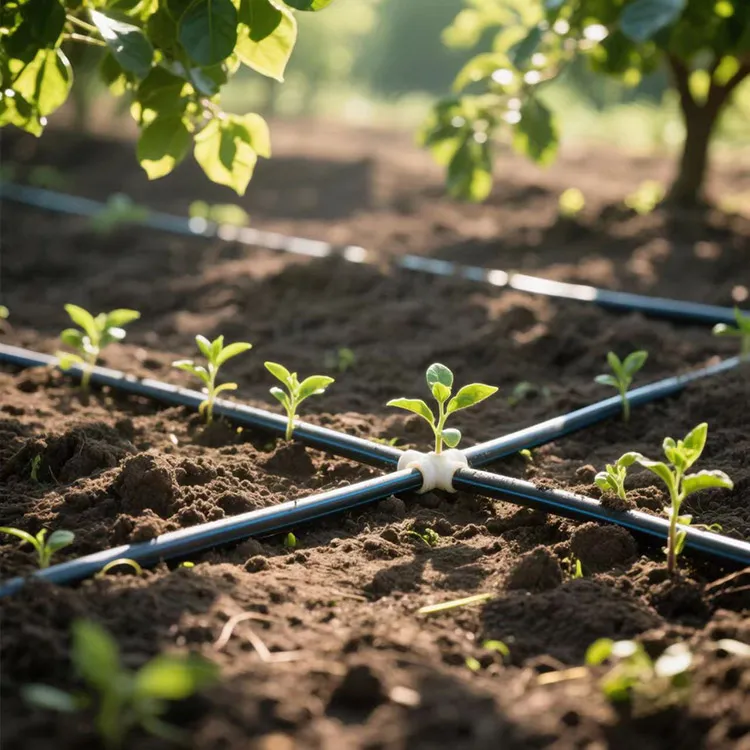
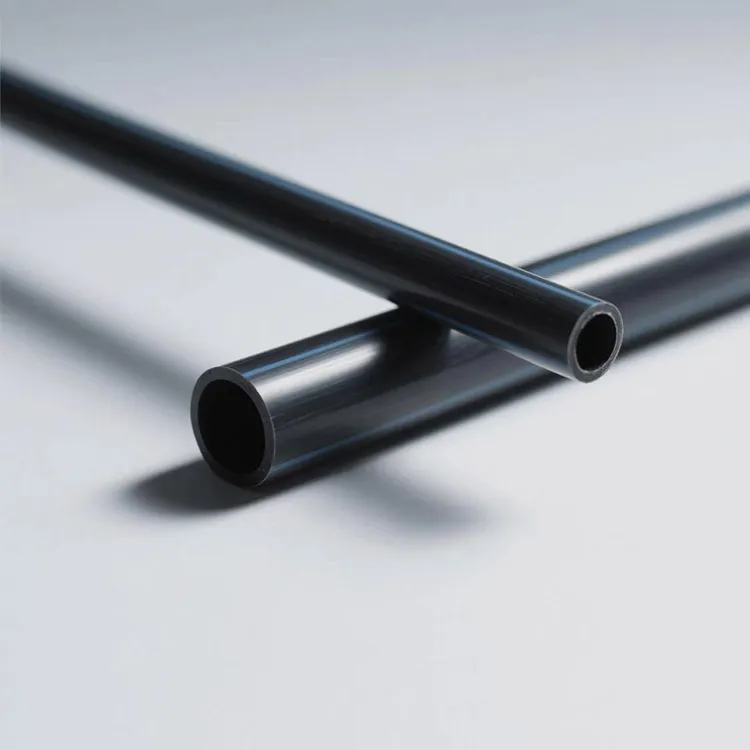
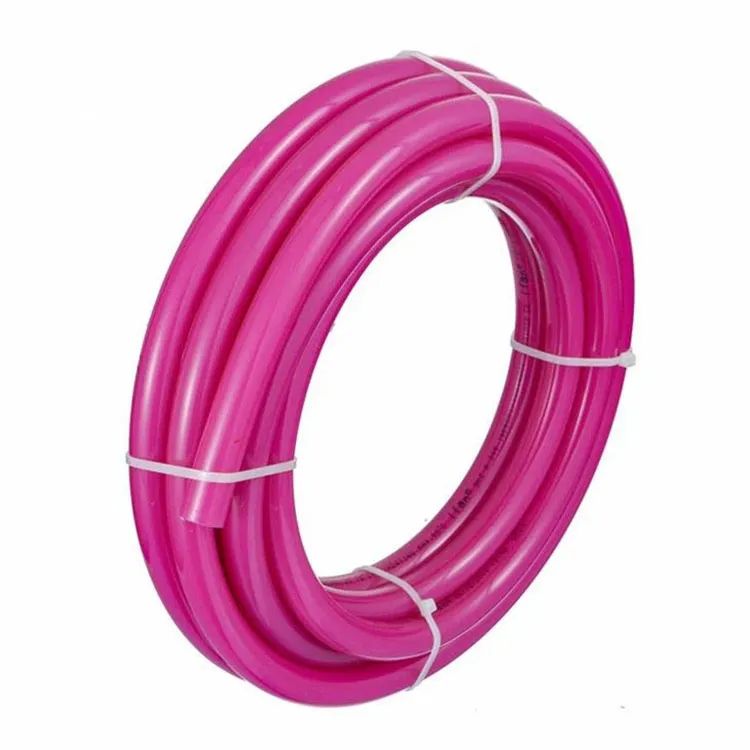
294.webp)
476.webp)
420.webp)
146.webp)
460.webp)
287.webp)
274.webp)


